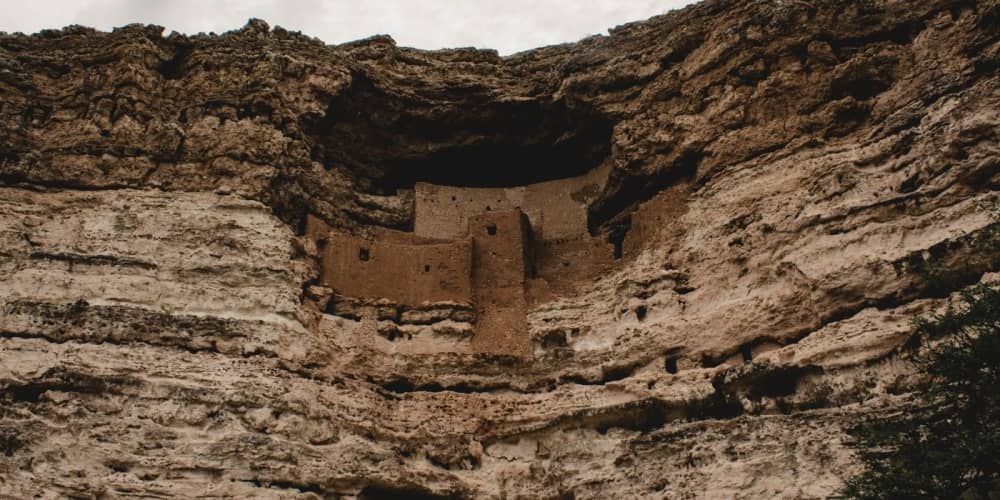How It's Built: Montezuma Castle
Contrary to what the name implies, the Montezuma Castle is neither related to the Montezuma period of the Aztecs nor a castle. However, it is still one of the most beautiful Native American National Monuments in the world.
Where Is Montezuma Castle?
Located in the Montezuma Castle National Monument Park in Camp Verde, Arizona, it's about an hour and a half drive away from Phoenix and an hour outside of Flagstaff, making it a perfect day trip for families, couples, schools, and more. It was established as a Nationa Monument dedicated to preserving Native American culture in December of 1906.
What is Montezuma Castle?
As mentioned above, the Montezuma Castle is not actually a castle. While it is a building with historic beauty, it could more accurately be described as an ancient version of a high-rise condo building.
Built at about 90 feet (27 meters) up a cliff, this 20-room structure is lodged safely and securely into primarily limestone rock. The fact that this monument was built before the use of heavy equipment should speak to the level of ingenuity and creativity of its architects.
Who Built the Montezuma Castle?
So, since we've confirmed that this structure isn't a castle and that the Montezuma Aztecs didn't build it, who did? Well, when the area was first discovered by European-Americans in the mid-1800s, they mistakenly deemed it to be the work of the Aztec emperor Montezuma and named it as such.
However, according to archaeologists and researchers, the Montezuma Castle was built and used by the Sinagua people, a pre-Colombian culture that is closely related to other indigenous peoples of the southwestern United States, who were known as cliff-dwellers. Unfortunately, the name of the monument hasn't been changed despite knowing now that it is inaccurate.
Many discovered artifacts of the Sinagua people have shown that, despite living in simple times, they were a creative and engineeringly sound culture. They developed many of their own tools and used natural resources and environments to build what is known today as the Montezuma Castle.
The structure was built during the years of 1100 AD to 1425 AD, taking over three centuries to construct.
How Was the Montezuma Castle Built?
Probably the most fascinating part of the monument is the fact that not only was it built on a cliff, but it was built at a height of 90 feet off the ground. That's quite an impressive feat. The most contextual reason we have for this is that it is located near Beaver Creek, a creek that is known to have flooded in the past and is still at risk of flooding today. By being high above the ground and water areas, it was protected from natural disasters like flooding and monsoons.
Inside the castle are real-world examples of ancient stone-and-mortar engineering, masonry, and architecture. The walls are constructed almost entirely of the limestone found around the cliff as well as mixed with clay and mud from Beaver Creek below. The ceilings and roofs are held together and supported by wooden beams that were cut from the sycamore trees found around the area as well.
The walls of each room are about two feet thick at the bottom and one foot thick at the top. Meanwhile, the ceilings were averaged at about six feet tall and the doors were five feet tall. The rooms and walls were designed this way to hold heat within the rooms as the desert is famous for its cold evening temperatures.
The Montezuma Castle can stand to this day due to its location within the cliff which protects it from natural elements that might have made it collapse hundreds of years ago. However, it has had to be preserved as looters, archaeologists, and curious bystanders have contributed their fair share of damages since the 1800s. As such, in 1897, the Arizona Antiquarian Association repaired the structure as best they could.
Visiting The Montezuma Castle
While about 400,000 people visit the historic landmark every year, you haven't been able to enter the castle since 1951. This is both due to visitor safety and to ensure the landmark is preserved for years to come. However, there is an on-site museum and guided tours that can provide you with a deeper historical and architectural understanding of this beautiful monument.

